iPhone 17 vs iPhone 16e: The best value iPhone in years vs the cheapest
We may earn a commission if you make a purchase from the links on this page.

Intro
Apple finally gave in in 2025 and introduced the iPhone 17 with several upgrades that fans have been begging for. The most notable change is the addition of the same 1-120Hz refresh rate that iPhone Pro owners have enjoyed for years, while also throwing a new 48 MP ultra-wide and 18 MP selfie camera, higher durability, faster charging, and higher base storage.
But 2025 is also the year Apple introduce the first of its "iPhone XXe" budget series, which is the company's new entry-point model for students and those who want to try out the iOS experience first-hand.
At $599, the iPhone 16e comes in at $200 cheaper than the iPhone 17, but with that more affordable price come plenty of sacrifices. You lose the ultra-wide camera; the main and selfie cameras are not as capable; charging is much slower, and you are still stuck with a less smooth 60Hz display.
Combined, the downsides that come with the iPhone 16e sound pretty discouraging, but how much different does the phone feel to Apple's 2025 flagship?
To find out, we put both phones through our in-house tests for battery life, camera performance, display quality, and chip performance. We also spent time some time with these devices to see how they perform in real life. In this detailed comparison, we’ll share our results and help you decide which phone is the smarter choice for your needs.
iPhone 17 vs iPhone 16e differences:
| iPhone 17 | iPhone 16e |
|---|---|
| Design | |
| Heavier phone 177 grams | Slightly lighter at 167 grams |
| 7.95 mm thickness | Slightly thinner at 7.8 mm |
| Aluminum frame, Ceramic Shield 2 front, reinforced glass back | Aluminum frame, Ceramic Shield front, glass back |
| Display | |
| 6.3" OLED with 120Hz ProMotion and Always-on Option | 6.1" OLED, 60Hz, no Always-On |
| 3,000 nits peak brightness | 1200 nits peak brightness |
| Anti-reflective coating | No anti-reflective coating |
| Performance | |
| A19 chip | A18 chip |
| 5-core GPU | 4-core GPU |
| 8 GB RAM | 8 GB RAM |
| Cameras | |
| Dual rear cameras | Single rear camera |
| 48MP wide | 48MP wide with smaller sensor |
| 48MP ultrawide | No ultrawide |
| 18 MP front camera with OIS | 12 MP selfie camera, no OIS |
| Battery | |
| 3692 mAh | 4,005 mAh |
| Up to 30 h video playback (27 h streamed) | Up to 26 h video playback (21 h streamed) |
| Wired charging: 50% in ~20 min (40W adapter) | Wired charging: 50% in ~30 min (20W adapter) |
| 25W MagSafe | 7.5W wireless, no MagSafe |
| Models | |
| $800 (256 GB base) | $600 (128 GB base) |
| 512 GB max storage | 512 GB max storage |
Table of Contents:
Also read:
Design and Display Quality
Premium vs entry-level build
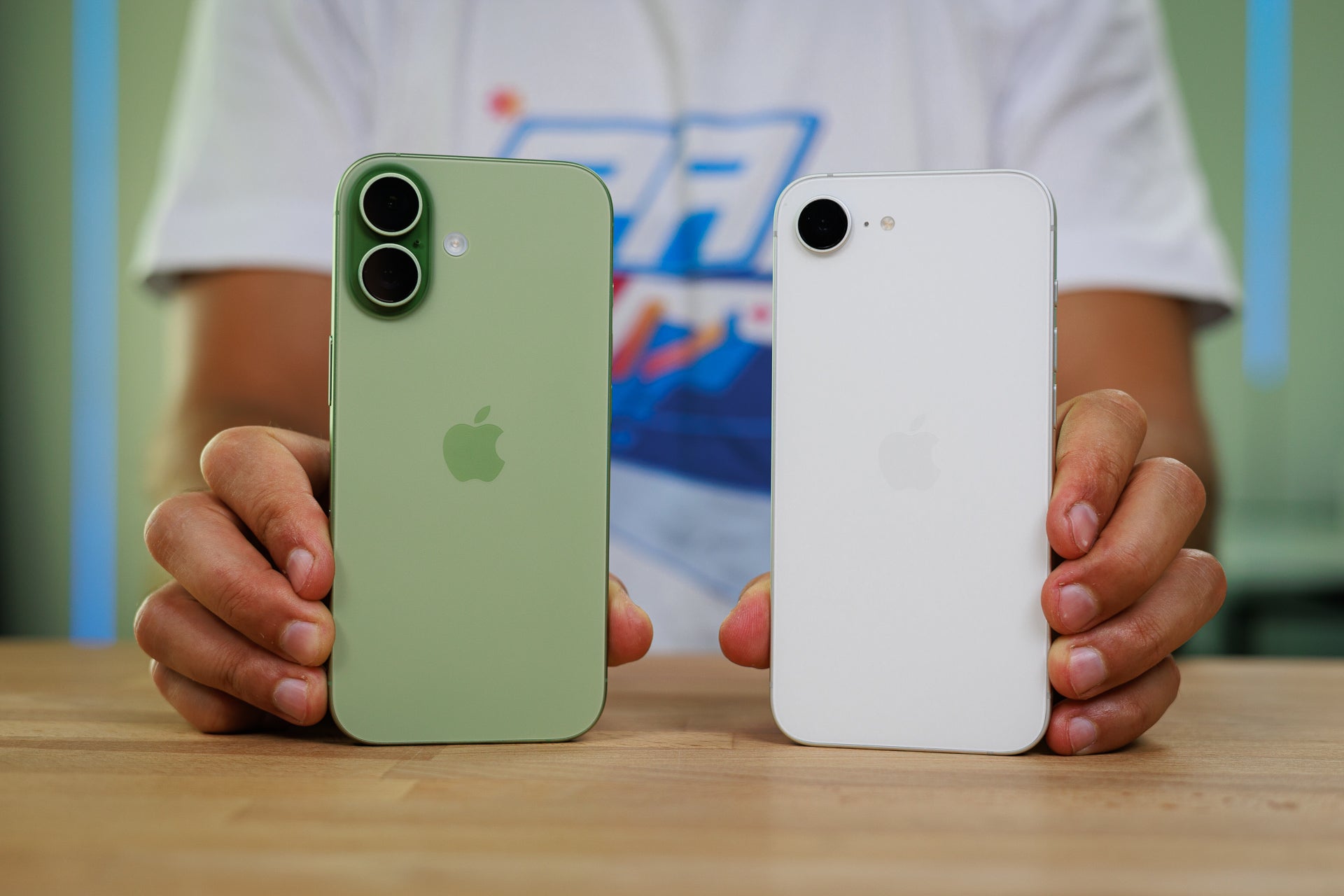
The iPhone 17 features slimmer bezels and a more refined design than the iPhone 16e. | Image credit – PhoneArena
The iPhone 16e carries over the older flat-edged design, resembling the iPhone 14. It uses an aluminum frame with glass on the front and back and features Ceramic Shield only on the front. So, it is still a durable phone, but it has thicker bezels, and it lacks some of the refinements that you will find with the iPhone 17.
The iPhone 17 looks and feels more premium. It has slimmer bezels around its larger 6.3-inch display and introduces Ceramic Shield 2 on the front, which Apple claims is three times more scratch-resistant. The back sticks to reinforced glass rather than Ceramic Shield 2, keeping some differentiation from the Pro line.
The iPhone 17 looks and feels more premium. It has slimmer bezels around its larger 6.3-inch display and introduces Ceramic Shield 2 on the front, which Apple claims is three times more scratch-resistant. The back sticks to reinforced glass rather than Ceramic Shield 2, keeping some differentiation from the Pro line.
As for size, the iPhone 17 is slightly taller, thicker, and heavier.
| iPhone 17 | iPhone 16e |
|---|---|
| Thickness 7.95 mm | Thickness 7.8 mm |
| Dimensions 149.6 × 71.5 mm | Dimensions 146.7 x 71.5 |
| Weight 177 g | Weight 167 g |
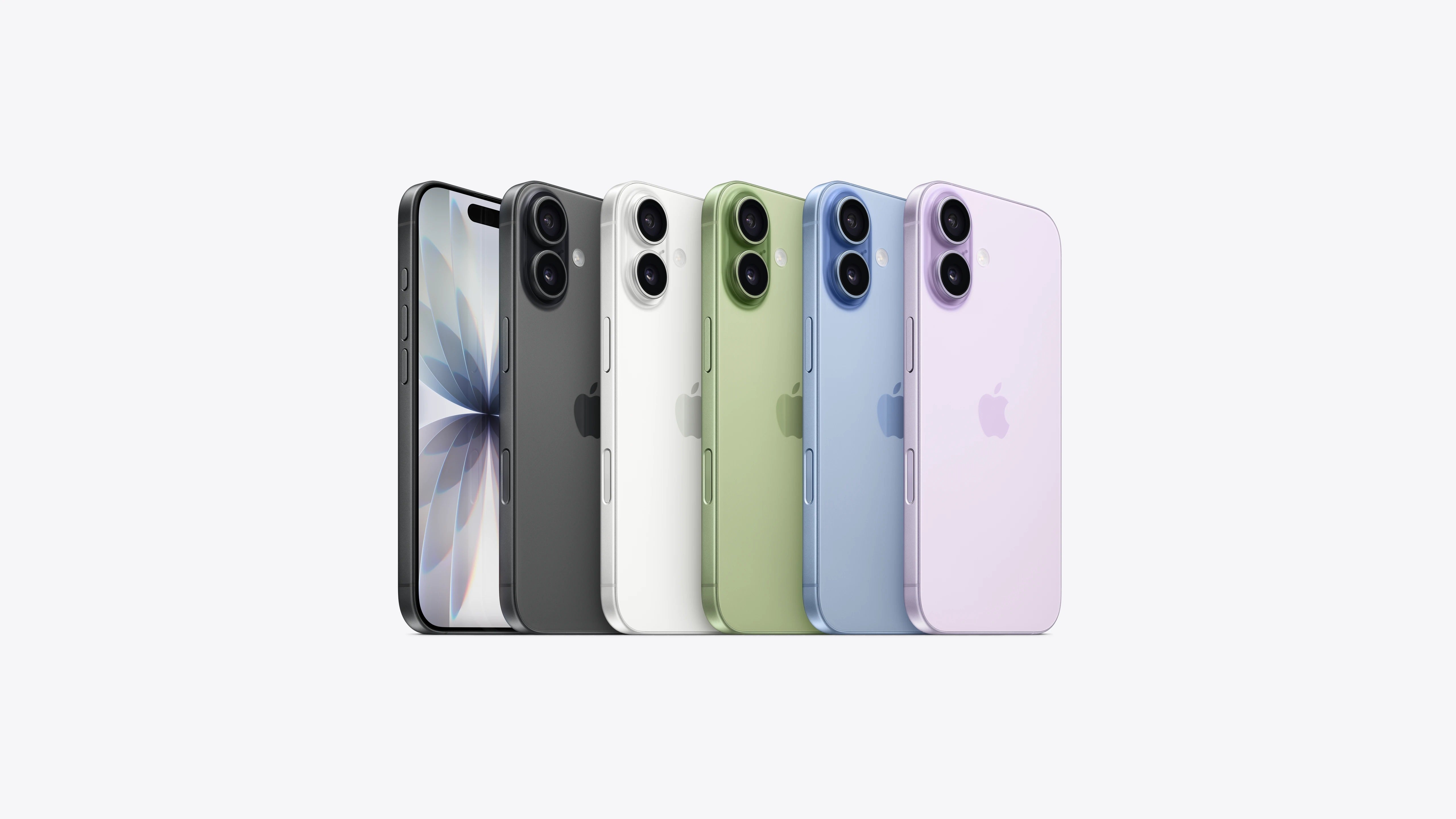
All iPhone 17 colors. | Image credit — Apple
And the iPhone 16e colors are simply:
- Black
- White
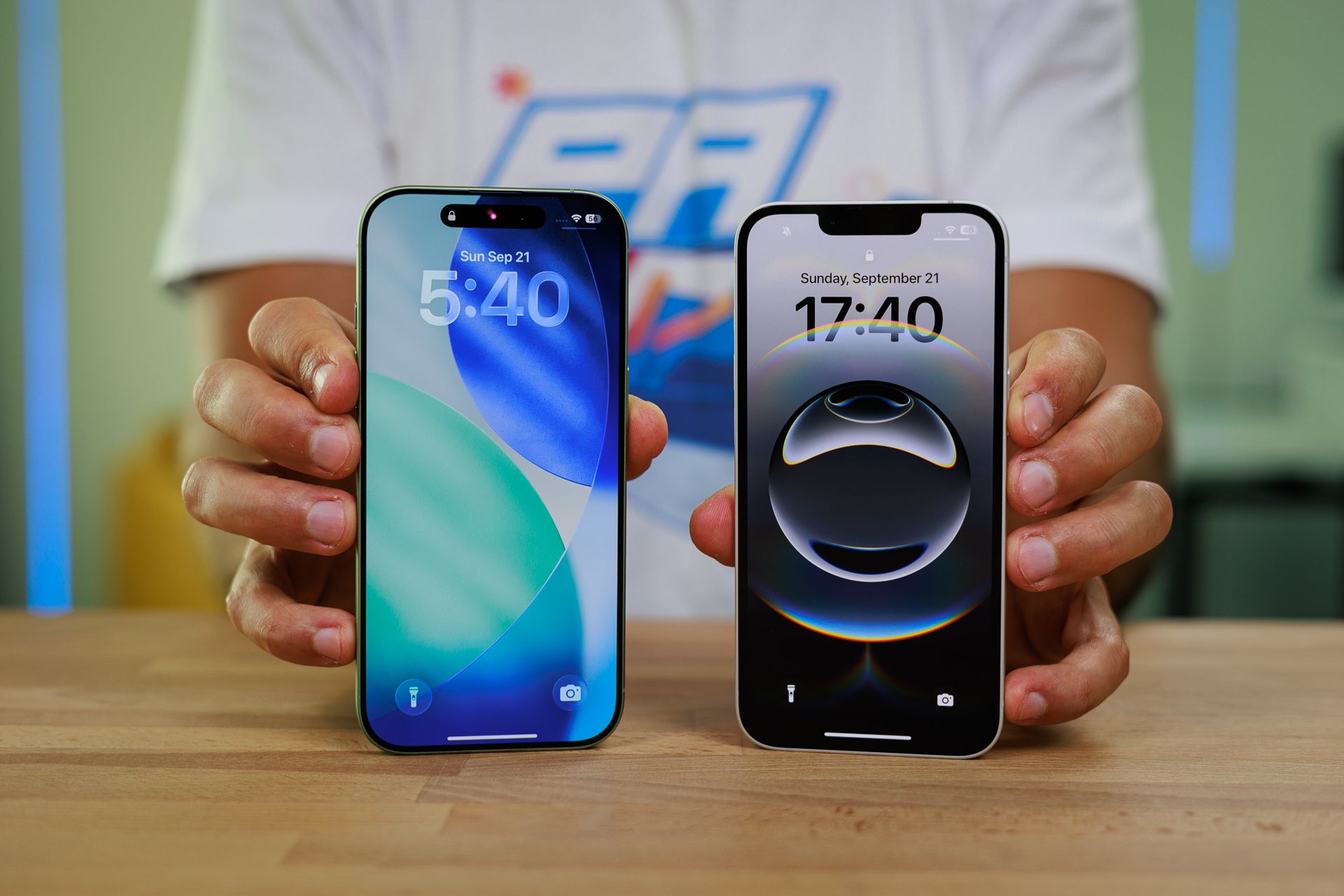
The iPhone 17 finally brings a 120Hz ProMotion display and 3000-nit peak brightness to the base model. | Image credit – PhoneArena
The iPhone 16e uses a 6.1-inch OLED with a standard 60Hz refresh rate and up to 1200 nits peak brightness. It’s a big step up from the LCD screens of past budget iPhones, but it still feels dated in 2025.
The iPhone 17, on the other hand, finally gives the base iPhone a 120Hz ProMotion OLED panel with adaptive refresh from 1 Hz to 120 Hz (enabling the Always-On display feature). It’s also much brighter, peaking at 3000 nits outdoors and 1600 nits in HDR, which is a huge jump over the 16e, making it easier to use in direct sunlight.
Apple has added a seven-layer anti-reflective coating to the iPhone 17 displays.
It does not match the Galaxy S25 Ultra’s stronger treatment, but in MrWhoseTheBoss’s hands-on comparison, the improvement over the iPhone 16 series is clearly visible.
The iPhone 17’s display is in a different league. Our tests show peak brightness above 2600 nits, compared to under 800 nits on the 16e, making it vastly easier to use outdoors. Add to that ProMotion 120Hz for smoother scrolling and gaming, and the 17 completely outclasses the 16e’s 60Hz, dimmer panel.
Performance and Software
A19 vs A18: AI-ready vs cost-focused
The iPhone 16e is no slouch with the A18 chip, which is the same processor found in the iPhone 16. Paired with 8 GB RAM, it delivers flagship-grade performance at a much lower price point.
The iPhone 17 steps things up, though, with the new A19 chip, built on TSMC’s 3nm process. It’s more efficient and optimized for sustained performance, especially in longer gaming or creative sessions. Both models come with 8 GB RAM, but things are different when it comes to storage: the iPhone 16e starts at 128 GB, while the iPhone 17 doubles that to 256 GB base storage.
The iPhone 17 steps things up, though, with the new A19 chip, built on TSMC’s 3nm process. It’s more efficient and optimized for sustained performance, especially in longer gaming or creative sessions. Both models come with 8 GB RAM, but things are different when it comes to storage: the iPhone 16e starts at 128 GB, while the iPhone 17 doubles that to 256 GB base storage.
| iPhone 17 | iPhone 16e |
|---|---|
| Chip A19 | Chip A18 |
| Process 3nm N3P | Process 3nm N3E |
| RAM, Storage --- 8/256 GB 8/512 GB LPDDR5X RAM NVMe storage | RAM, Storage 8/128 GB 8/256 GB 8/512 GB LPDDR5X RAM NVMe storage |
On the software side, both run iOS 26, which introduces:
Apple Intelligence is available on both, but the most advanced features like the smarter Siri are still on hold until at least 2026.
- The new Liquid Glass design language
- Call Screening for the Phone app
- Live Translate during calls
- Smarter Messages with custom chat backgrounds and polls
- Visual Intelligence features like instant object recognition and dual-camera video capture
Apple Intelligence is available on both, but the most advanced features like the smarter Siri are still on hold until at least 2026.
CPU Performance Benchmarks:
The iPhone 17’s A19 chip is not that far ahead of the A18 in the iPhone 16e. In Geekbench, single-core scores are 3527 vs 3166, which is about a 11% higher. Multi-core performance sees a similar in size improvement, moving from 7763 to 8798, or roughly a 13%.
There is a more obvious jump in performance when it comes to graphics. In 3DMark Extreme (High), the iPhone 17 scores 5172, which is way ahead of the 16e’s 3017 (nearly a 70% difference). On the sustained (Low) run, the iPhone 17 also holds up better with 3295 versus 2495. This suggests much stronger gaming performance and less throttling under extended loads, making the iPhone 17 better choice for graphics-heavy tasks by far.
Camera
iPhone 17 adds sharper selfie cam and a flagship-grade ultrawide
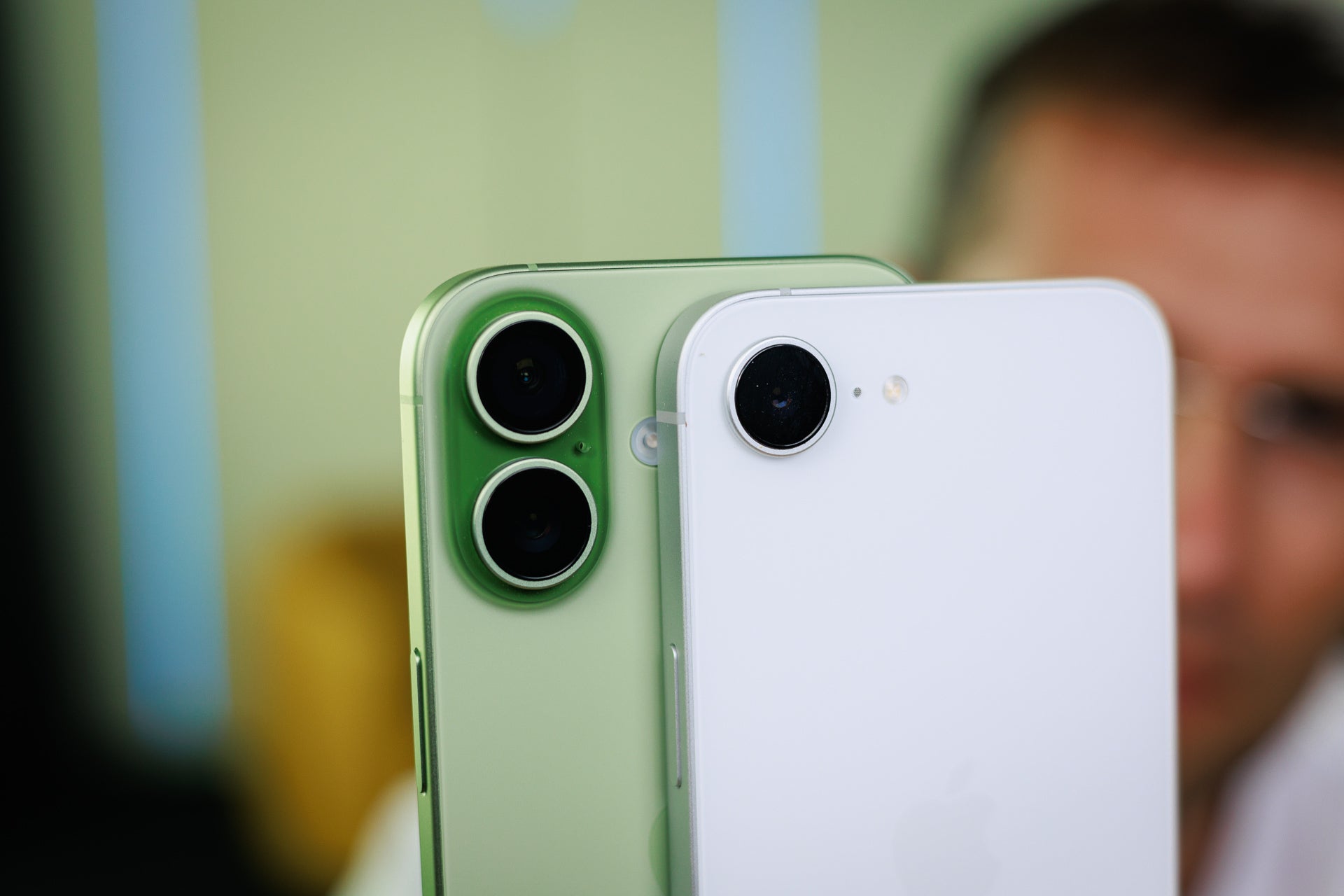
The iPhone 17 adds a second 48 MP camera and a sharper selfie shooter. | Image credit — PhoneArena
The iPhone 16e is Apple’s most stripped-down modern iPhone when it comes to cameras. On the back, it has a single 48 MP main camera that still delivers impressive image quality. It supports Smart HDR, Night Mode, and 4K Dolby Vision video recording, but it lacks the versatility that comes with multiple lenses. There’s no ultrawide for landscapes or macro shots, and no telephoto for higher-quality zoom.
On the front, the iPhone 16e retains the familiar 12 MP selfie camera used in previous models. It supports Portrait Mode and 4K video, but compared to the iPhone 17’s new 18 MP front camera, it will likely capture less detail and sharpness, particularly in low-light scenes.
Besides its new selfie camera, the iPhone 17 also comes with:
- A 48 MP main camera with a larger quad-pixel sensor that helps create better dynamic range and capture more light in dark conditions.
- A brand-new 48 MP ultrawide camera, replacing the older 12 MP one (defaults to 24 MP). This upgrade brings along not only sharper ultrawide photos but also much better macro photography, as that's the camera that iPhones use for macro.
- The new 18 MP Center Stage selfie camera that debuted with the iPhone 17 has a new square-sensor design that gives you sharper detail for selfies and video calls, and the wider field of view makes it better for group shots. It comes with Center Stage, which allows the camera to follow you during video calls. The camera also uses AI to automatically adjusts framing for group selfies. Thanks to the sensor's square design, you don't have to turn your phone sideways when you want to take a horizontal shot.
The Camera Control button remains exclusive to the more premium model (not that it's a big loss), but the AI-based Visual Intelligence features are available between both phones.
PhoneArena Camera Score:
As expected, the iPhone 17 leaves the 16e in the dust in our tests. It scores much higher in both photo and video, thanks to its dual-camera system with an ultrawide. The 16e’s single rear shooter feels limiting, and the 17 gives you more flexibility and higher quality.
Main Camera
Invalid image meta
Besides the slightly different white balance, you will find it difficult to notice any differences between the iPhone 17's maind camera and the one on the iPhone 16e.
Zoom Quality
Since both phones use sensor crop to zoom in, the differences when using the 2x mode are the same as those in regular 1x mode.
Ultra-wide Camera
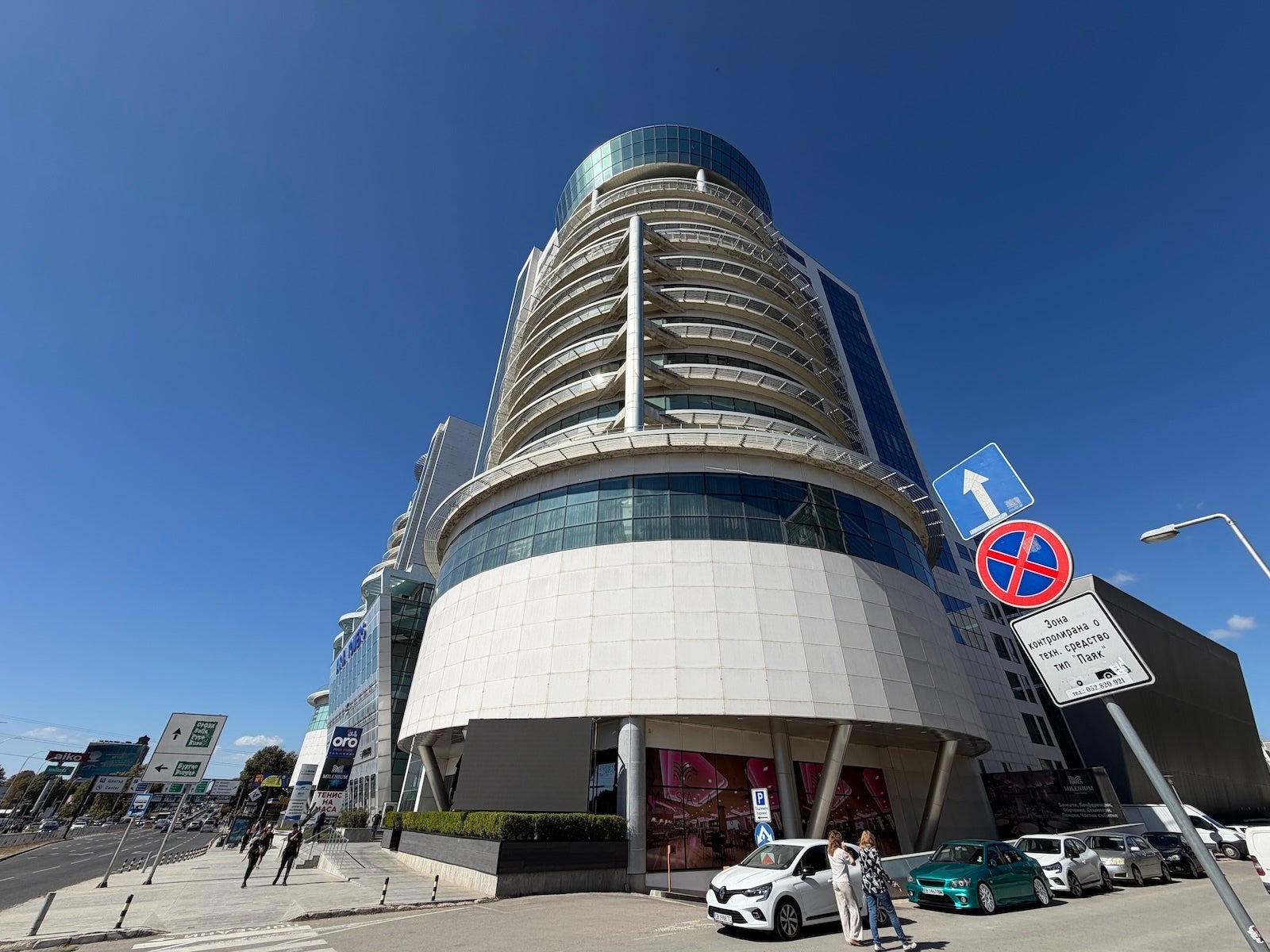
Shot on iPhone 17
As mentioned, the 16e does not have an ultrawide camera, which means it cannot get image angles like the one above. An ultrawide camera can come in handy when you want to capture more in the image but don't have enough space to move back.
Selfies
Invalid image meta
Selfies look rather similar between the two phones, despite the new 18 MP on the iPhone 17
More Camera Samples
Invalid image meta
Video Quality

Battery Life and Charging
Bigger battery vs faster charging
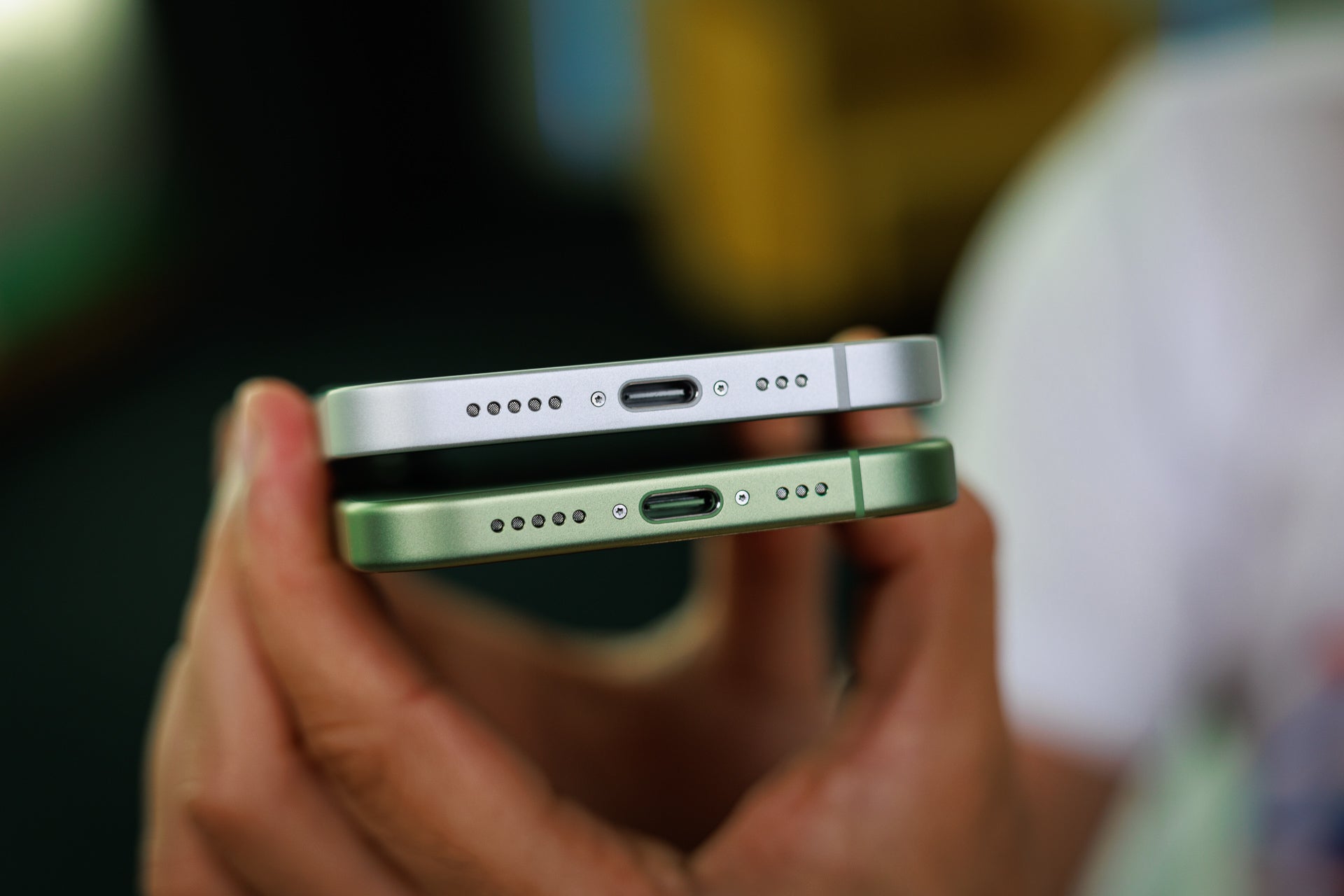
The iPhone 17 outlasts the 16e thanks to a more efficient chip and stacked cell tech. | Image credit — PhoneArena
The iPhone 16e packs a larger 4,005mAh battery compared to the iPhone 17’s 3,692mAh cell. However, thanks to its more efficient chip and stacked battery design, the iPhone 17 still delivers noticeably longer battery life.
Charging is another area where the iPhone 17 comes out ahead. It supports up to 40W wired charging (Apple claims 50% in about 20 minutes), 25W MagSafe/Qi2 wireless charging, and even 4.5W reverse wired charging. The iPhone 16e, by contrast, is limited to 20W wired (50% in 30 minutes) and 7.5W wireless, with no MagSafe magnets or reverse charging support.
Charging is another area where the iPhone 17 comes out ahead. It supports up to 40W wired charging (Apple claims 50% in about 20 minutes), 25W MagSafe/Qi2 wireless charging, and even 4.5W reverse wired charging. The iPhone 16e, by contrast, is limited to 20W wired (50% in 30 minutes) and 7.5W wireless, with no MagSafe magnets or reverse charging support.
PhoneArena Battery and Charging Test Results:
Despite having a slightly smaller cell, the iPhone 17 matches the 16e thanks to the more efficient A19 chip and stacked battery design. Charging is also dramatically faster: 67% in 30 minutes vs just 47% on the 16e.
Audio Quality and Haptics
Audio quality is noticeably better on the iPhone 17, with fuller sound and improved balance. The iPhone 16e sounds flatter and weaker, especially at higher volumes.
When it comes to haptics, both phones feel precise and strong, as you’d expect from Apple.
When it comes to haptics, both phones feel precise and strong, as you’d expect from Apple.
Specs Comparison
Here's a quick look at the iPhone 17 vs iPhone 16e specs:
| iPhone 17 | iPhone 16e |
|---|---|
| Size, weight 149.6 x 71.5 x 8 mm 177 g | Size, weight 146.7 x 71.5 x 7.8 mm 167 g |
| Screen 6.3" OLED 120Hz ProMotion | Screen 6.1" OLED 60Hz |
| Processor Apple A19 3nm | Processor A18 Bionic 3nm |
| Versions: --- 8/256 GB 8/512 GB LPDDRX5 | Versions: 8 /128 GB 8/ 256 GB 8/ 512 GB LPDDR5 |
| Cameras: 48 MP main 48 MP ultra 18 MP front | Cameras: 48 MP main --- 12 MP front |
| Battery: ~3,600 mAh | Battery: 4,005 mAh |
| Charging: USB-C 40W wired 25W wireless via MagSafe | Charging: USB-C 20W wired 7.5W wireless, no MagSafe |
Summary
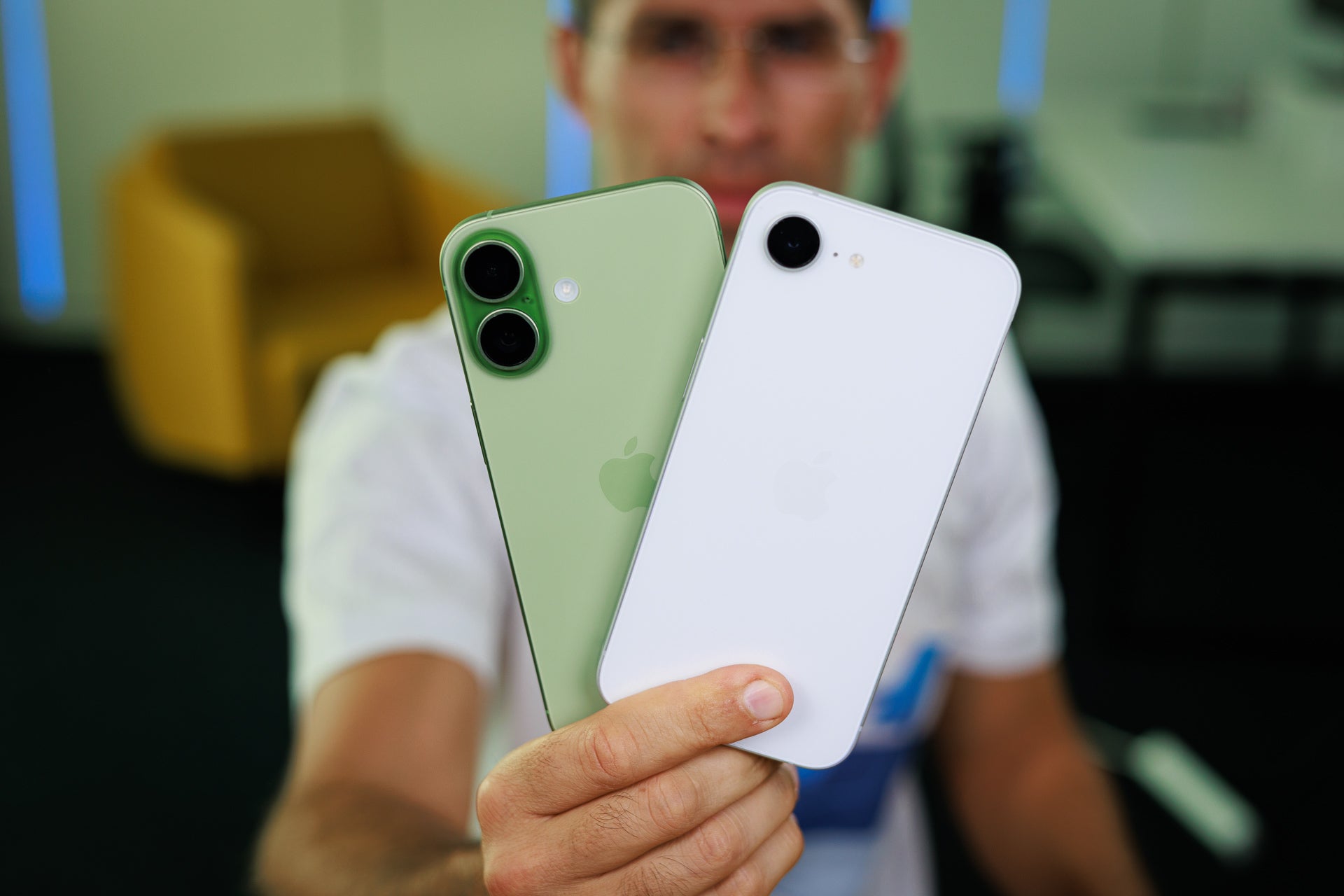
Image credit — PhoneArena
For its class, the iPhone 16e brings an extremely fast chip and a capable camera, making it one of the best mid-range phones on the market in 2025. Still, it can't hold a candle to the iPhone 17, which brings a lot to table and more than justifies its higher price of $799.
If you’re wondering whether investing in the pricier model is worth it — it is. That is, of course, if you value the upgrades: an ultrawide camera, faster charging, a much better display, and higher storage. Speaking of storage, the price gap is even easier to justify when you compare the 256 GB version of the iPhone 16e, which costs $699 — just $100 less than the base iPhone 17. None of this is a coincidence. Apple knows exactly what it’s doing by pricing the 16e so close to a phone that’s clearly a better deal for what you get in return.
That said, it’s important not to get carried away. If you don’t need 256 GB of storage, the base iPhone 16e still offers excellent value for its price. And if you’re open to Android, the Pixel 9a remains one of the best alternatives in this range.
Follow us on Google News

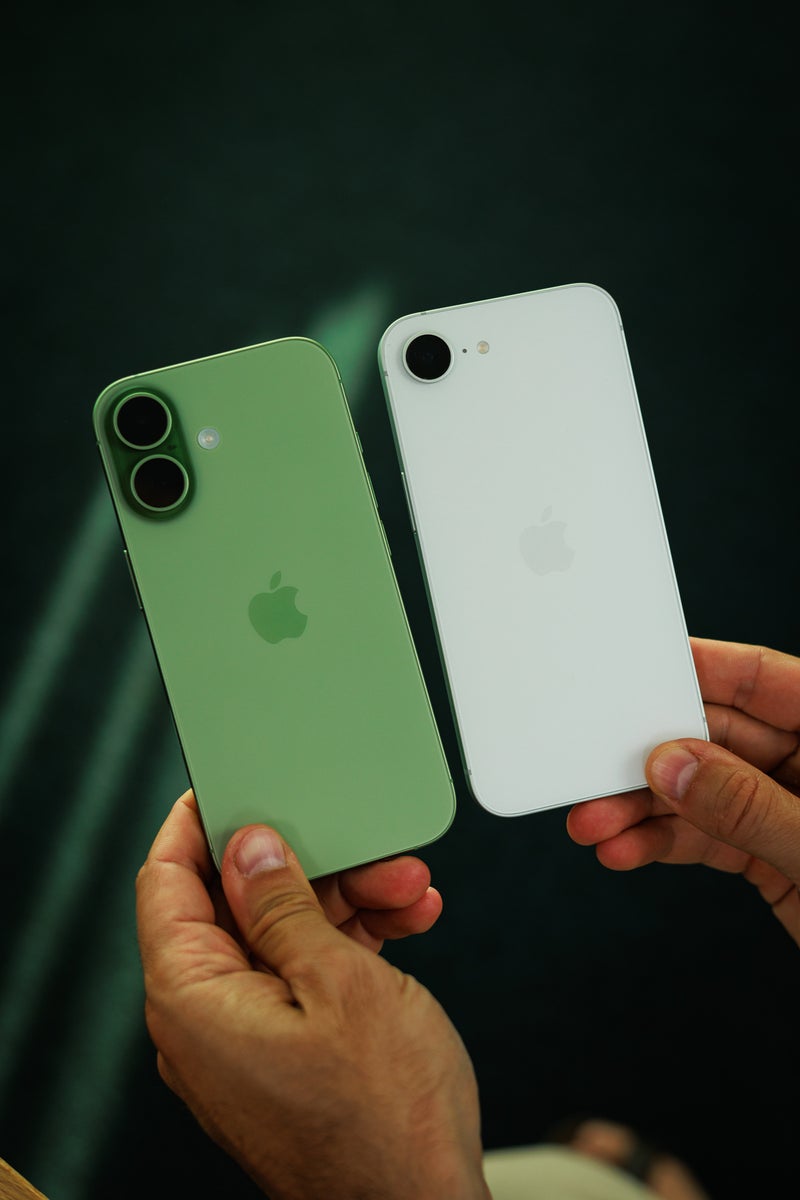
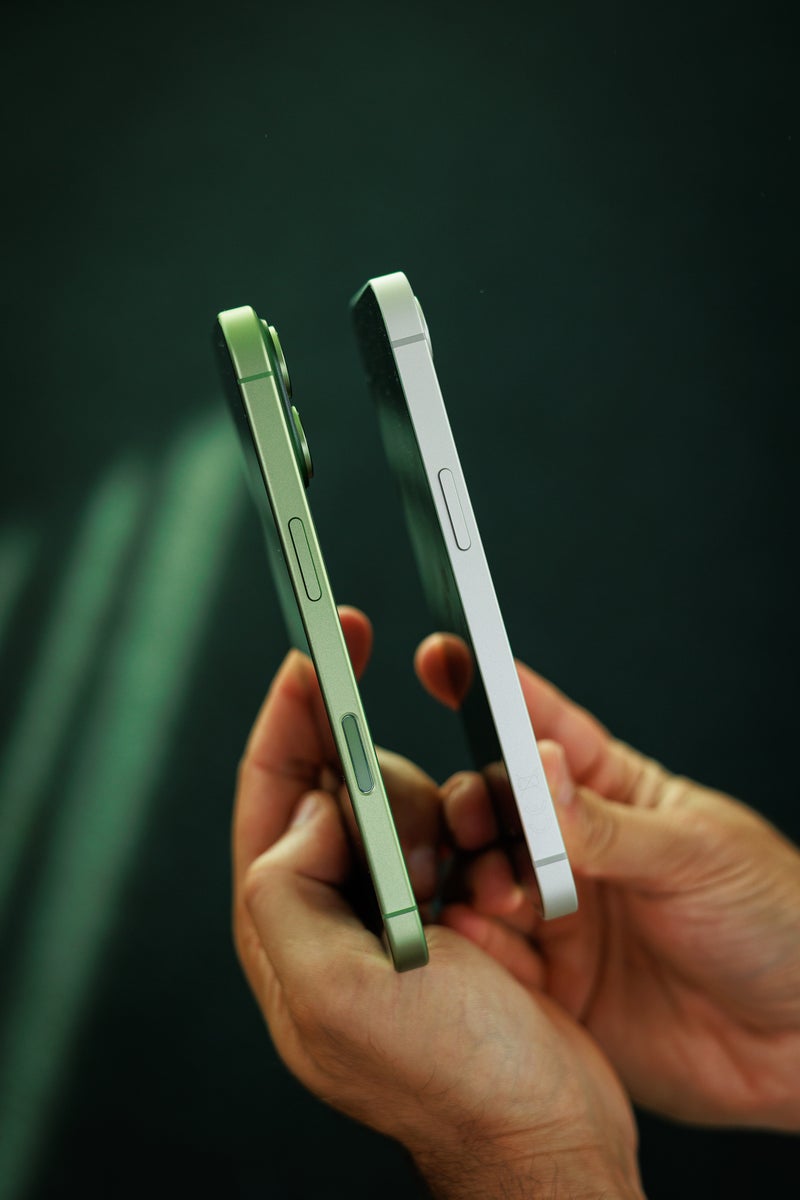
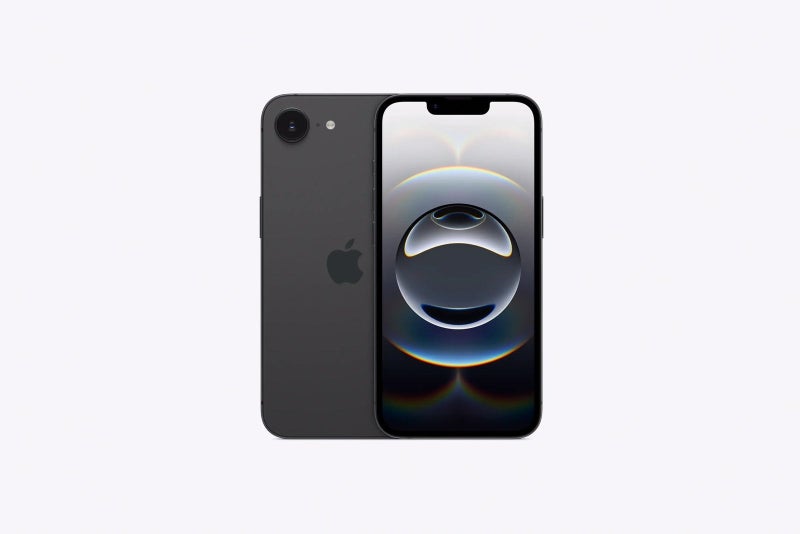
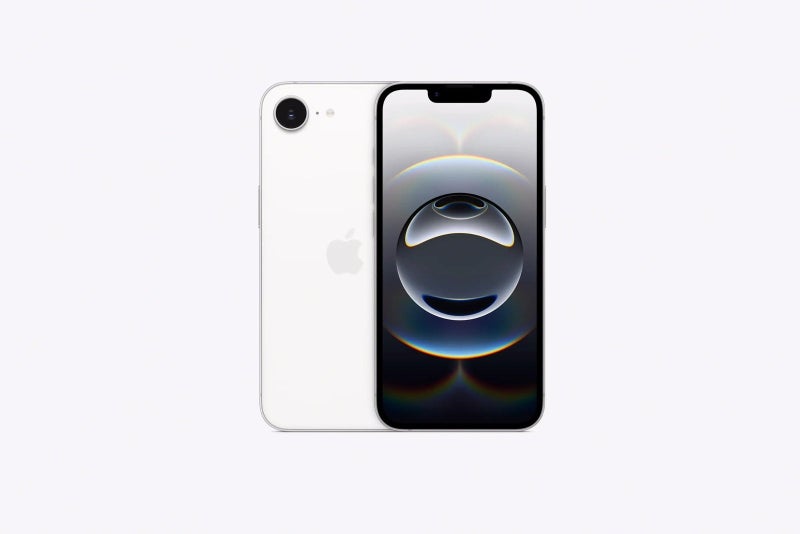
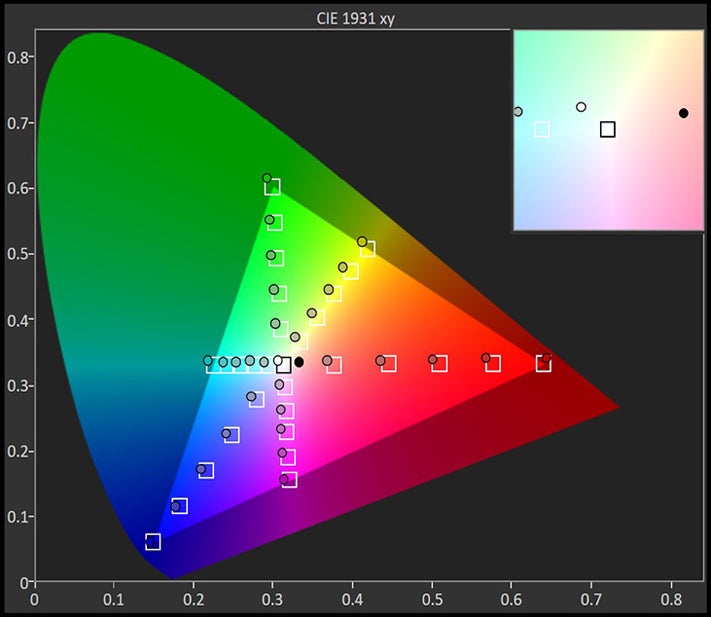





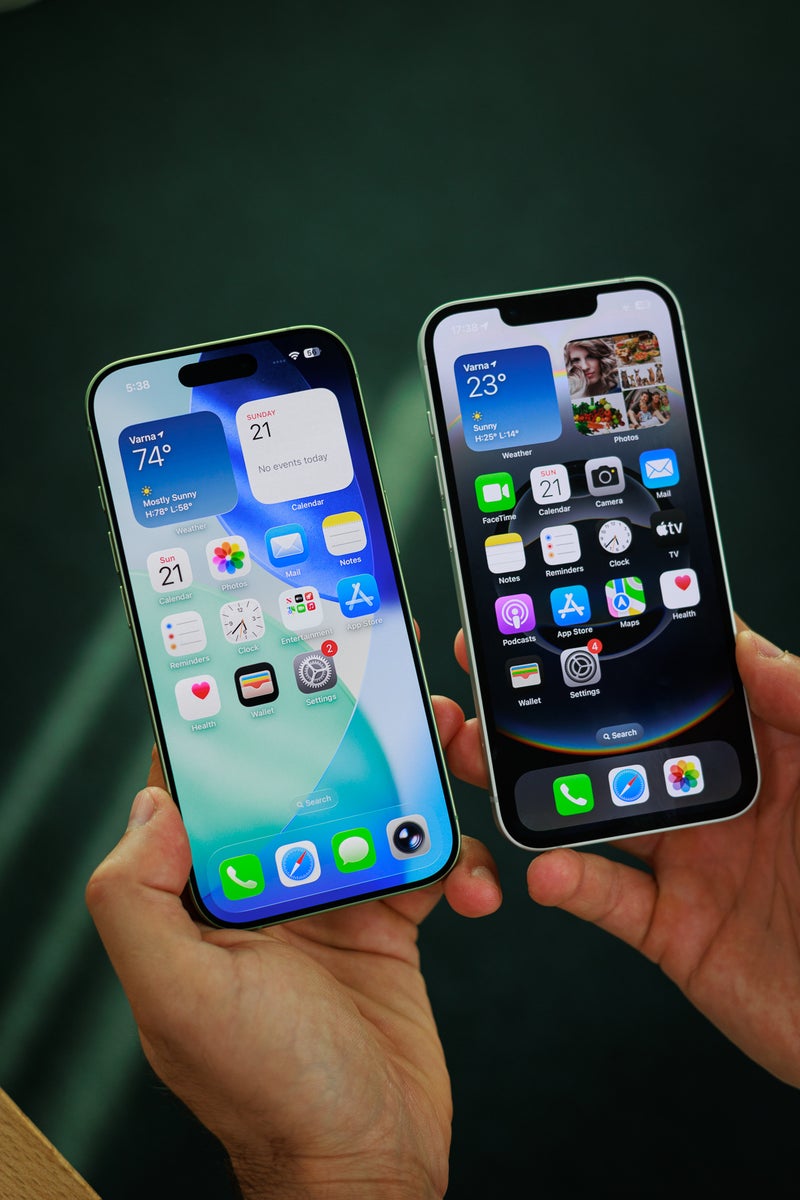
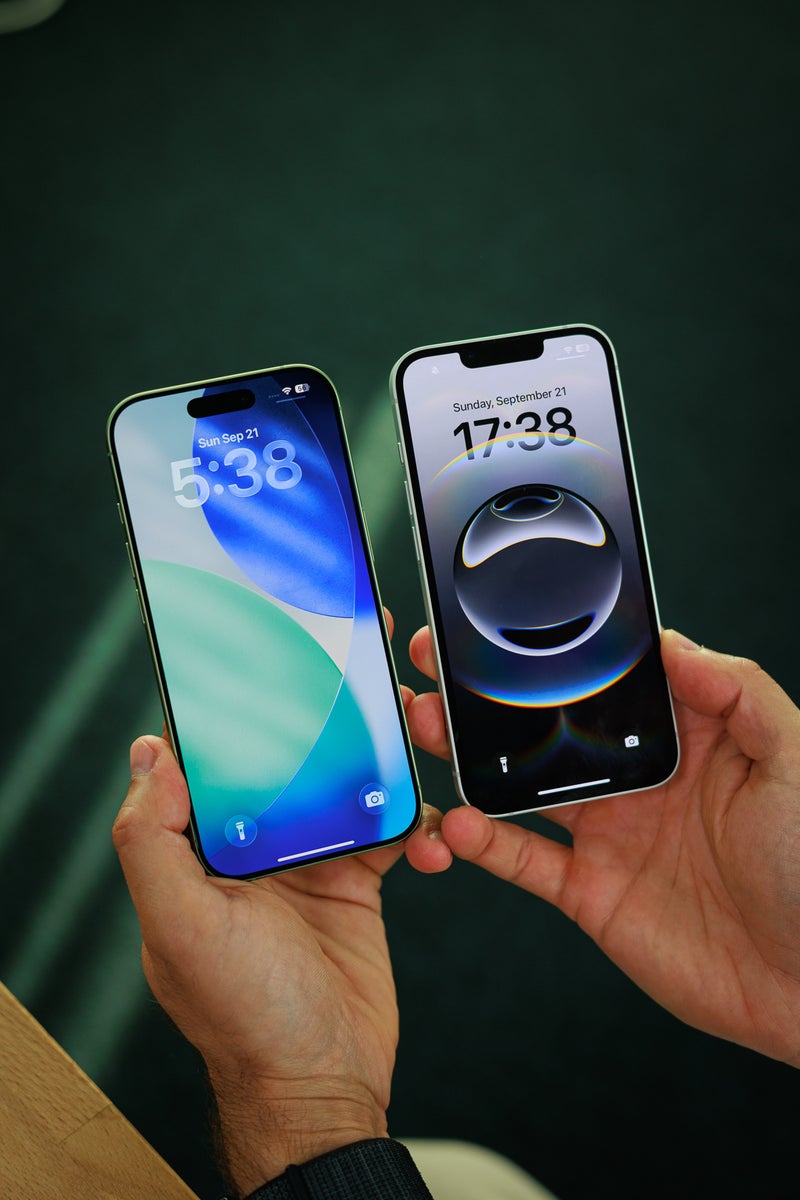



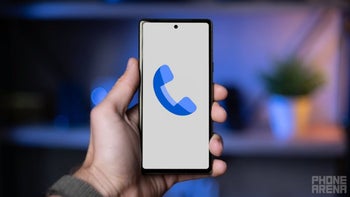
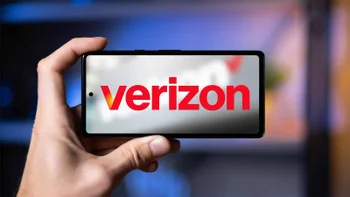
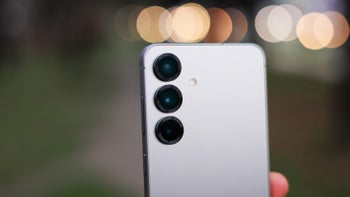
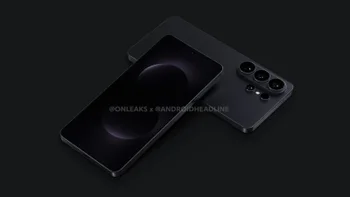

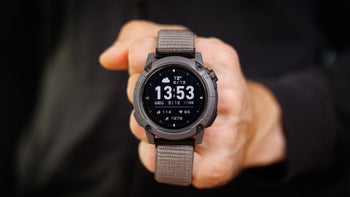
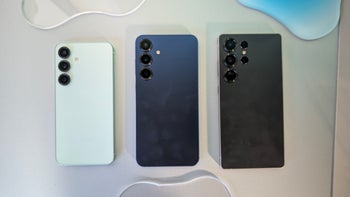
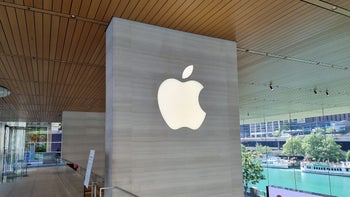
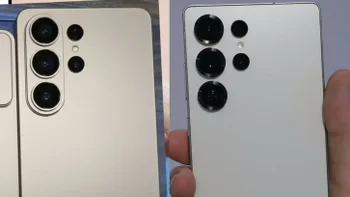
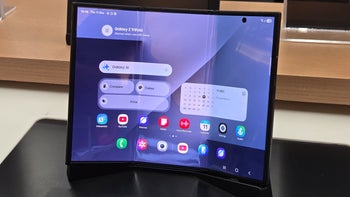
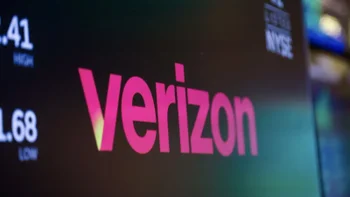
Things that are NOT allowed:
To help keep our community safe and free from spam, we apply temporary limits to newly created accounts: